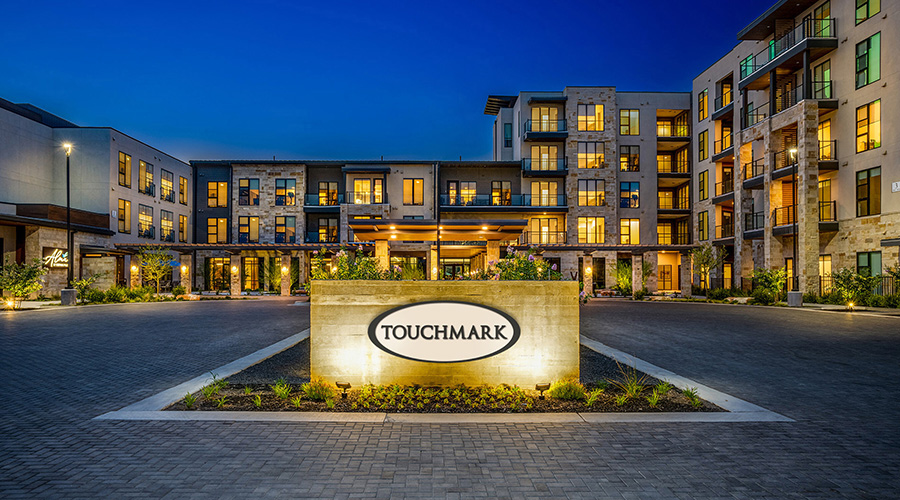Putting people at the centre when designing and delivering buildings of the future is crucial to unlocking the potential of new technologies.
Designers often get so caught up in the technology involved in buildings of the future, that they forget who a building is ultimately designed for: people. Global engineering and infrastructure advisory company, Aurecon, believes that making humans the centre of everything we design will be the only way for building owners, developers and users to get ahead in years to come.
Aurecon undertook interviews with a broad group of professionals across the built environment, asking them to imagine what buildings of the future might look like and how they might be created. The research uncovered that a key concern was not forgetting the impact that buildings have on the humans who use them.
“Building design is not (only) about bits and bytes, but flesh and bones,” Aurecon’s Buildings of the Future Leader, Peter Greaves said.
“We need to take a step back and remember that humans are at the centre of everything we design. Buildings of the future are about designs that unlock human potential. High tech is only high value if that same technology enhances human experience.”
In a survey by Management Today magazine, 97% of respondents said they regarded their place of work as a symbol of whether or not they were valued by their employer. Yet alarmingly, only 37% thought their offices had been designed ‘with people in mind’
This is supported by research by the British Design Council, which found that salaries of occupants constitutes 85% of a company’s annual budget, while just 6.5% goes on construction and 8.5% on furnishing, maintaining and operating the facility.
“This clearly demonstrates that humans are the biggest expense, and that we need to shift our focus from traditional business drivers to the results of post-occupancy research that can reveal what building functions are actually used, how they are used and if it is increasing productivity,” Greaves said.
“Research has shown that building design has a huge impact on staff motivation, satisfaction and retention.”
Greaves also points out that buildings of the future will need to be both intellectually and emotionally intelligent, cognizant of the environment, social equity, and the health and wellness of occupants.
“Buildings that have been built with these factors in mind have shown to improve time, energy and user efficiency,” he said.
Changes in the way people work and live are driving the design of buildings of the future.
“This includes an increasingly mobile workforce, peoples’ changing social contexts, the sharing economy, the war for talent and a recognition that aligning corporate strategy with city strategy is seen as important to reducing our impact on the environment,” Greaves added.
“The needs, movements and preferences of building occupants can’t be considered only after a building has been constructed.
“Human centered design is enabled through collaborative design, rapid prototyping and optioneering. When the right stakeholders are brought in during the concept and design phase and you’re able to make ideas tangible and get quick feedback from the people that you are designing for, then the building designers and engineers can learn through Producing,” Greaves said.
Aurecon has released a series of papers based on their research, the latest one, “Buildings of the Future: People at the Centre”, exploring why designing for humans important, what is driving the change, and how to design for efficiency and demonstrable ROI.
Read ‘Buildings of the Future: People at the Centre’ here.
 Building Sustainable Healthcare for an Aging Population
Building Sustainable Healthcare for an Aging Population Froedtert ThedaCare Announces Opening of ThedaCare Medical Center-Oshkosh
Froedtert ThedaCare Announces Opening of ThedaCare Medical Center-Oshkosh Touchmark Acquires The Hacienda at Georgetown Senior Living Facility
Touchmark Acquires The Hacienda at Georgetown Senior Living Facility Contaminants Under Foot: A Closer Look at Patient Room Floors
Contaminants Under Foot: A Closer Look at Patient Room Floors Power Outages Largely Driven by Extreme Weather Events
Power Outages Largely Driven by Extreme Weather Events